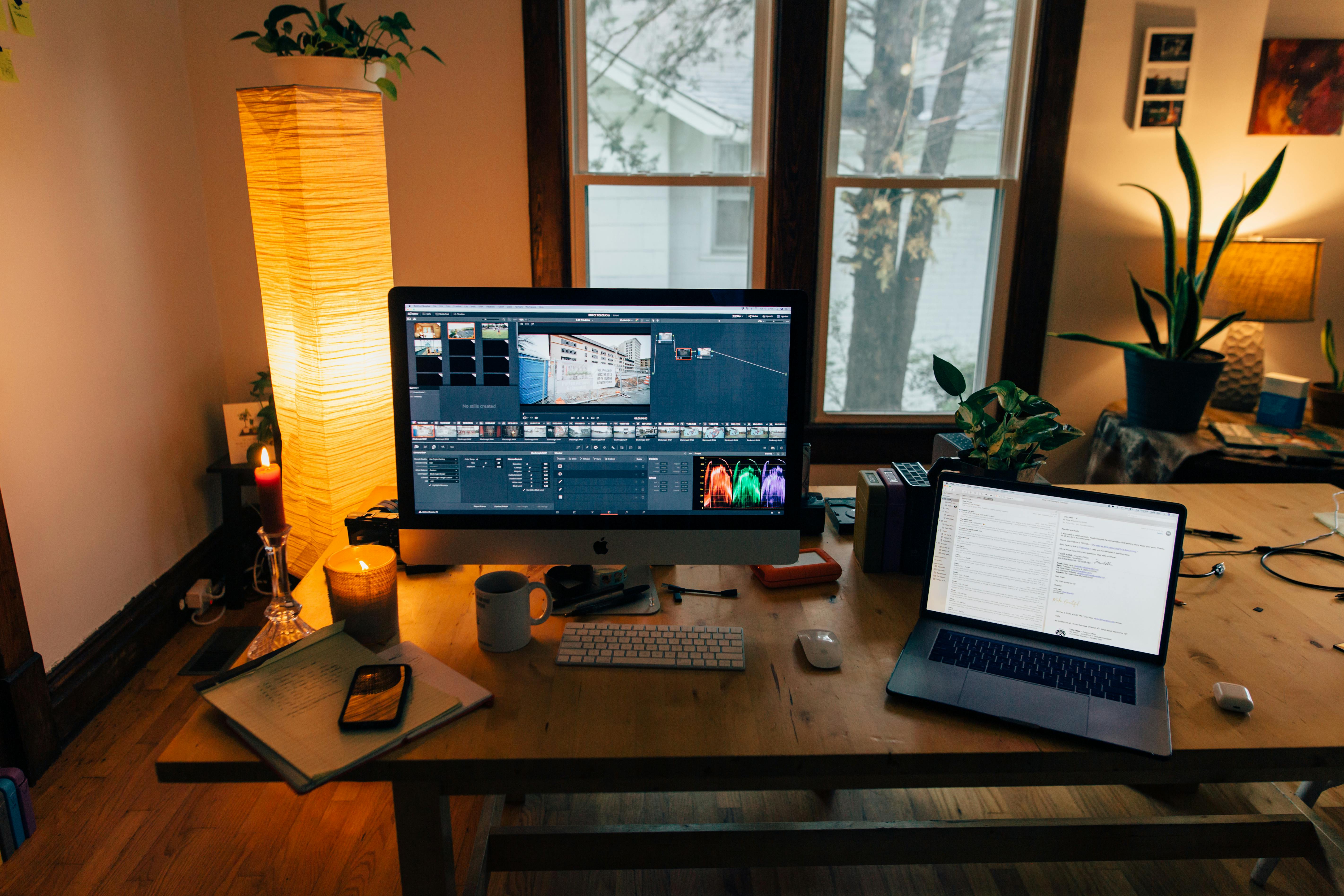The Art of AI-Powered Video Storytelling with Jeremy Toeman

In the rapidly evolving landscape of digital content creation, AI-powered video tools are revolutionizing how we tell stories, market products, and educate audiences. I recently had the privilege of speaking with Jeremy Toeman, founder and CEO of Augie Studio, who shared invaluable insights into this transformative technology and how it's reshaping creative workflows.
Jeremy's journey from early tech startups like Sling Media to corporate leadership at WarnerMedia and CBS, and finally to founding Augie Studio, exemplifies how career pivots can lead to innovation. His motivation for creating Augie came from a personal frustration – he simply wanted to create a promotional video for his podcast without navigating the complexity of professional editing software like Adobe Premiere Pro. As he put it: "You wouldn't learn to fly a helicopter to get milk from your corner store." This sentiment resonates deeply with many content creators who need practical, accessible tools rather than professional-grade complexity.
The conversation revealed how AI video technology is democratizing content creation across multiple industries. For marketers, it offers the ability to quickly iterate and experiment with messaging. For educators and instructional designers, it provides new ways to bring learning materials to life without requiring extensive production resources. One fascinating example Jeremy shared involved a company that used Augie to transform their industrial machinery instruction manual from static wireframe illustrations into animated, interactive visual guides – significantly enhancing user comprehension and engagement.
Perhaps most compelling is how AI video tools are changing our relationship with content production. Jeremy emphasized that algorithms on platforms like TikTok, Instagram, and YouTube demand consistent feeding, making the traditional perfectionist approach to video content unsustainable. Instead, he recommends establishing a sustainable cadence of "good enough" content rather than striving for cinematic perfection with every post. This shift in mindset – from seeing video as a weighty, resource-intensive medium to treating it as a regular, iterative communication channel – represents a fundamental change in how businesses and creators approach digital storytelling.
For those looking to incorporate AI video into their workflow, Jeremy offered practical advice: start by identifying videos you admire and analyzing what makes them effective. Consider the narration style, visual approach, and overall tone. Then use this as inspiration when working with AI tools. He also emphasized the importance of experimentation – try different platforms like Augie, Runway, Veed, or others to find the one that best aligns with your specific needs and creative style. The diversity of AI video tools means there's likely a perfect fit for your particular use case, whether you're creating educational content, marketing materials, or social media posts.
The intersection of AI and creativity isn't limited to video editing. Jeremy also touched on "vibe coding" – using conversational AI to build functional applications and games without traditional coding knowledge. His team recently created "Movie Pong," a game where players challenge each other by connecting actors to movies, demonstrating how AI can power not just content creation but interactive experiences as well. This broader application of AI tools shows how the technology is enabling new forms of expression and engagement beyond traditional media formats.
For instructional designers and educators specifically, these AI video tools offer exciting possibilities. They can transform static learning materials into dynamic visual experiences, create personalized learning paths, and simplify the production of micro-learning modules. The ability to quickly prototype and iterate on educational content before committing to full production represents a significant advantage in terms of both resource efficiency and pedagogical effectiveness.
As we navigate this new era of AI-powered creativity, Jeremy's perspective offers a balanced view – embracing the technology as a powerful assistant rather than a replacement for human judgment and creativity. By leveraging these tools to handle technical aspects of production, creators can focus more energy on the uniquely human elements of storytelling: emotional resonance, cultural context, and meaningful connection with audiences. The future of video creation isn't about AI taking over; it's about a collaborative relationship where technology amplifies human creative potential.
🔗 Website and Social Links:
Please visit Jeremy Toeman’s website and social media links below.
Founder at 50 Podcast Substack Page
Photo by Kelly: https://www.pexels.com/photo/modern-workplace-with-gadgets-in-cozy-room-with-soft-light-4041405/


